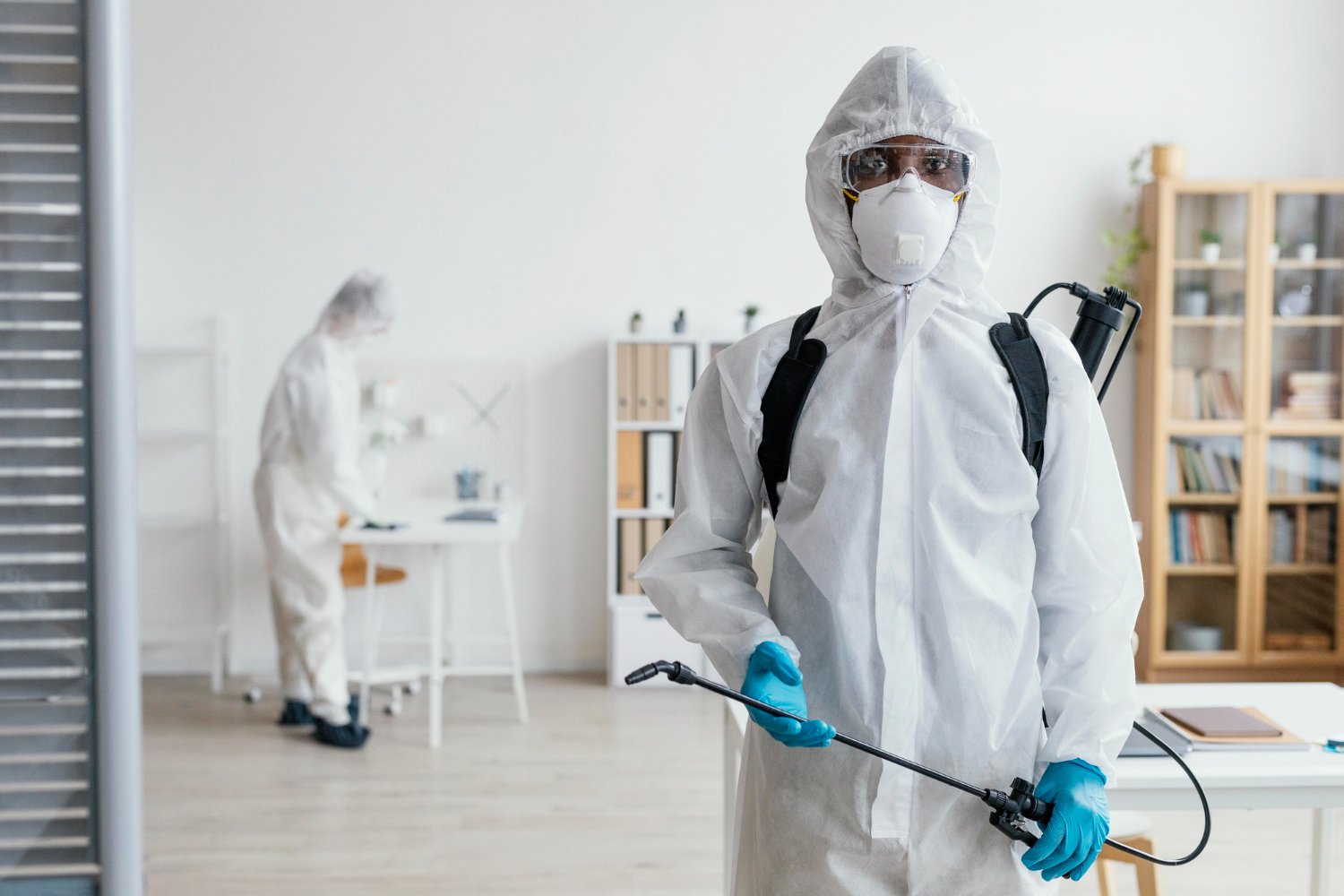Bed Insect Therapy Break Down: Comparing Chemical Vs. Non-Chemical Solutions
In the world of bug control, especially when dealing with the relentless concern of bed pests, the selection in between chemical and non-chemical treatment remedies can be an essential one. Both strategies provide distinct benefits and disadvantages, influencing variables such as effectiveness, safety and security considerations, and overall cost. By checking out the nuanced information of each technique, a clearer understanding of which course to go after in addressing a bed bug invasion can be achieved.
Performance of Chemical Therapies
Chemical treatments for bed bug problems have been extensively recognized for their potent and rapid effectiveness in removing these parasites. When thinking about the efficiency of chemical therapies, it is important to understand that they can give a comprehensive and quick remedy to a bed bug problem. Expert pest control specialists typically depend on insecticides to target bed bugs at various phases of their life cycle, consisting of grownups, nymphs, and eggs. These chemicals usually work by interrupting the bed bugs' nerves, resulting in paralysis and ultimate death.
Moreover, chemical therapies have the advantage of providing residual impacts, suggesting that they can proceed to get rid of bed pests even after the preliminary application. This residual activity is especially advantageous in combating any prospective re-infestations. Furthermore, the fast activity of chemical treatments can bring relief to people dealing with serious bed insect infestations, permitting them to regain control of their living spaces rapidly.
Safety Interest In Chemical Solutions
One critical element that requires cautious factor to consider when making use of chemical remedies for bed insect treatment is guaranteeing the security of passengers and the atmosphere. Exposure to certain chemicals used in bed bug treatments can lead to respiratory system issues, skin inflammation, or various other damaging responses, specifically in people with pre-existing problems or sensitivities.
In addition, the ecological impact of chemical remedies is another considerable consideration. Some pesticides utilized in bed bug treatments may be dangerous to beneficial bugs, wild animals, and ecological communities if they seep into the soil or water supply. It is vital to use chemical treatments judiciously, adhering to safety guidelines, and thinking about much less toxic choices to mitigate these threats and make certain the reliable and secure management of bed insect infestations.
Advantages of Non-Chemical Strategies
Considering the prospective safety worries and environmental impact associated with chemical services for bed insect treatment, discovering non-chemical techniques presents a promising option with several distinct benefits. Non-chemical therapies are environmentally friendly, as they do not add to air or water contamination, making them a sustainable selection for bug control.
Additionally, non-chemical remedies can be efficient in targeting bed bugs, consisting of hard-to-reach areas where chemical therapies may not penetrate. Approaches such as warmth treatment, vacuuming, vapor cleaning, and mattress coverings offer extensive elimination without the usage of unsafe chemicals. In addition, non-chemical approaches can be less turbulent, requiring marginal preparation and enabling for quicker reentry into treated areas. Generally, choosing non-chemical bed pest therapy techniques not only prioritizes pest and termite treatment security and ecological defense however likewise makes certain efficient and thorough pest control. basics
Limitations of Non-Chemical Treatments

In addition, non-chemical therapies often call for numerous applications to achieve successful obliteration. This can be taxing and might not always ensure total removal of all bed pests and their eggs, particularly in surprise or hard-to-reach areas.
In addition, the success of non-chemical therapies greatly counts on appropriate execution and thoroughness, which can be testing for individuals without expert know-how. Insufficient application of non-chemical approaches might lead to insufficient eradication, resulting in persistent invasions and the need for additional therapies.
Consequently, while non-chemical treatments have their advantages, it is vital to acknowledge these limitations and consider them when figuring out one of the most reliable approach for managing bed pest invasions.
Price Contrast: Chemical Vs. Non-Chemical Options
Given the restrictions connected with non-chemical therapies, a vital facet to evaluate in the context of bed insect monitoring is the expense contrast in between chemical and non-chemical alternatives. In comparison, non-chemical treatments like warm treatment or heavy steam can be more expensive, with prices ranging from $1,000 to $6,000 for a whole home. While the initial expense of chemical therapies may seem reduced, several treatments may Resources be called for to totally get rid of the invasion, potentially boosting the total cost.
Final Thought

Taking into consideration the prospective security worries and environmental influence connected with chemical remedies for bed insect treatment, checking out non-chemical methods offers an appealing option with a number of distinctive benefits.Offered the limitations linked with non-chemical treatments, an essential facet to review in the context of bed bug monitoring is the expense contrast in between chemical and non-chemical choices. In comparison, non-chemical treatments like heat therapy or vapor can be more expensive, with prices varying from $1,000 to $6,000 for a whole home. While the preliminary expense of chemical treatments may seem lower, numerous treatments might be needed to totally remove the problem, possibly enhancing the overall cost.In verdict, when contrasting chemical and non-chemical bed pest treatment alternatives, it is necessary to take into consideration efficiency, safety, advantages, constraints, and expense.
Comments on “Reputable A1 Bed Bug Exterminator Charlotte - Eliminate Bed Bugs Quick”